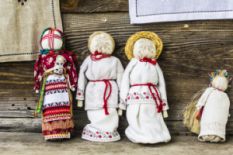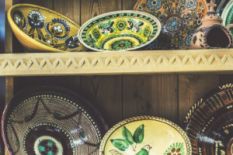Send-off Ceremony to the Valley
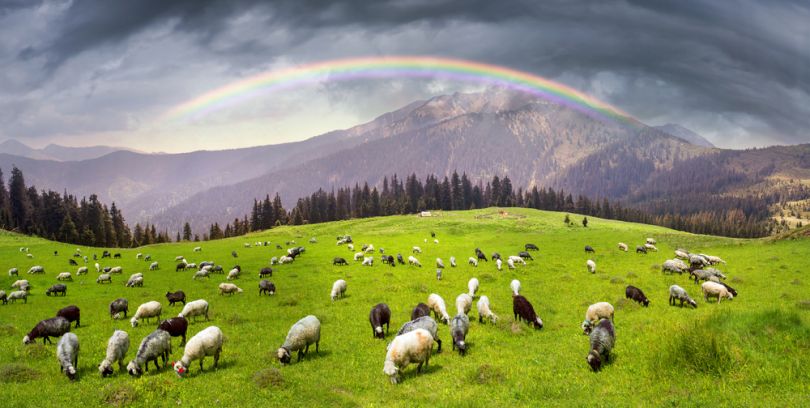
The ceremony of sending off shepherds to the distant mountain valleys (“polonyna”) is a very important event for Hutsul community. The work of shepherds in the valleys is very hard: a shepherd has to work from dawn till dusk, and the weather high in the mountains can be quite moody, surprising with cold days, rains and even snow in summertime. However, Hutsuls highly appreciate this work, and many of them want to be shepherds. A traditional sending-off ceremony always includes three things that characterize the life of a Carpathian shepherd: fire (“vatra”), trembita (traditional Hutsul music instrument) and brynza (cheese made of goat or sheep milk). While people sing traditional songs, the senior shepherd lights a “vatra” fire, and young men perform ritual Hutsul dance “Arkan” with small hatchets in their hands. Then everyone tastes fresh cheese (brynza and vurda).
Hutsul Wedding
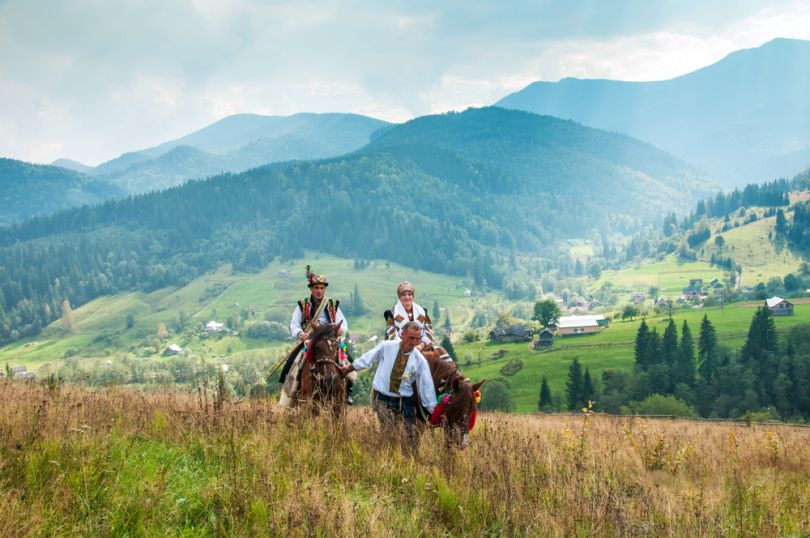
Traditional Hutsul wedding looks like an event from a fairy tale, and even in modern times many Hutsuls keep to the old wedding rituals. The newly-weds put on national Hutsul clothes and go to the church riding horses. At the wedding day, bride and groom are accompanied by a large crowd of people. The wedding ceremony is full of funny and sad songs, dances, games, jokes and so on. As for traditional elements of any Hutsul wedding, we cannot skip mentioning loaf (“karavai”), embroidered towels (“rushnyky”), bouquets of fresh flowers decorating the clothes of the guests and trees around the wedding location.
Embroidered towels and loaf play significant role in the ceremony. Before the wedding, co-parents-in-law come to the bride`s home, and if she accepts the proposal, she gives them beautiful towels. During a ceremony, newly-weds have to step on a towel – it symbolizes that their marriage comes into force. The guests traditionally gift them tasty sweet loaf on embroidered towels, wishing the couple wealthy and happy life. Hutsul wedding can be held in any season; however, it is strictly prohibited to hold a wedding ceremony during any religious fasting.
Hutsul Christmas
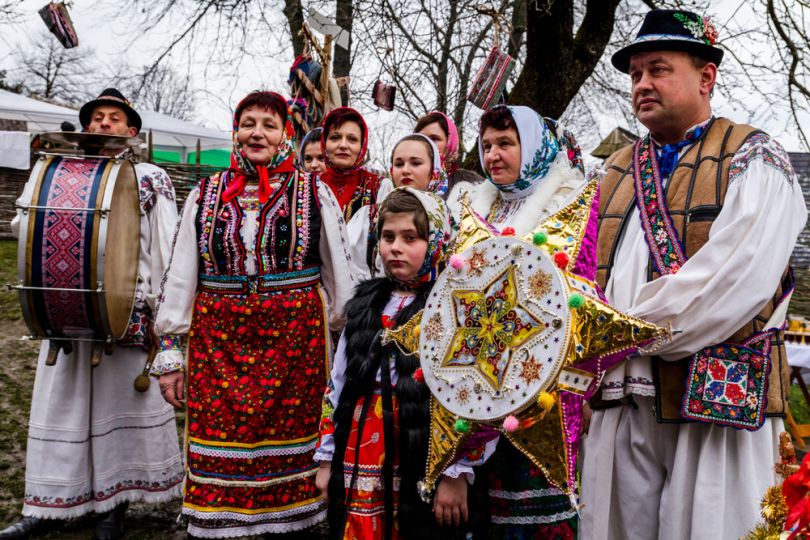
Hutsuls start the preparation for Christmas long before the date. According to the old tradition, they make “Didukh” – a figure made of oat sheaves symbolizing the souls of their ancestors that take care of the living. On the morning of January 6, women light a fire using 12 logs and cook 12 ritual fast dishes. The main dish is so-called “kutya” – boiled wheat with honey, poppy seeds and nuts. The festive dinner starts when the first star appears in the sky. On the day of Christmas on January 7, Hutsuls visit the homes of their relatives and friends, singing special Christmas carols.
Folk Beliefs of Hutsuls
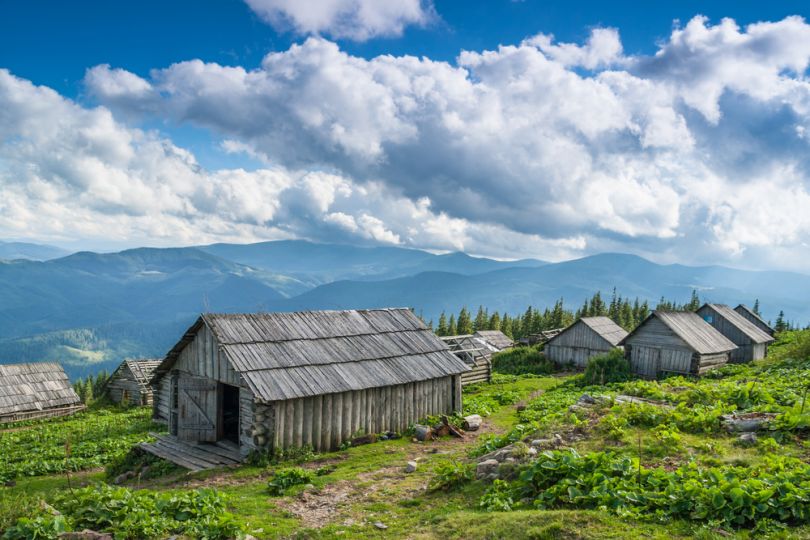
Hutsuls have wide variety of old folk beliefs about land cultivation. The mountain lands are not very fertile, so Hutsuls often had disputes about every single piece of it. This may be the reason why in the old times Hutsuls believed that people who had been unfair in the land disputes turned into moles in their next life. Hutsuls thought that such people were not welcome in both Heaven and Hell. That is why they had to pay for their sins by living under the ground – between the two worlds.
In some villages, Hutsuls never planted onion on Wednesdays, because they believed that it would not grow in round shape.
Some Hutsuls believed that if someone spitted in vegetable garden, cabbage and garlic would rot there. 
It was prohibited to eat in vegetable garden. If someone did so, Hutsuls said that all his harvest would be eaten by worms.
Hutsuls had many special rituals to protect cows from witches. People believed that witches stole the cow`s milk. To avoid that, the cow that had just given birth to a calf had to step over a block of rock salt for three times. Then this cow was given a piece of this sault each Friday until she stopped to give milk.
Hutsul shepherds also have their special beliefs. A shepherd that went to work to the valley for the first time had to take a closed lock with him. It was believed that the lock would close the jaws of forest predators for a year so they could not kill a single sheep.
Hutsul Traditional Weapon
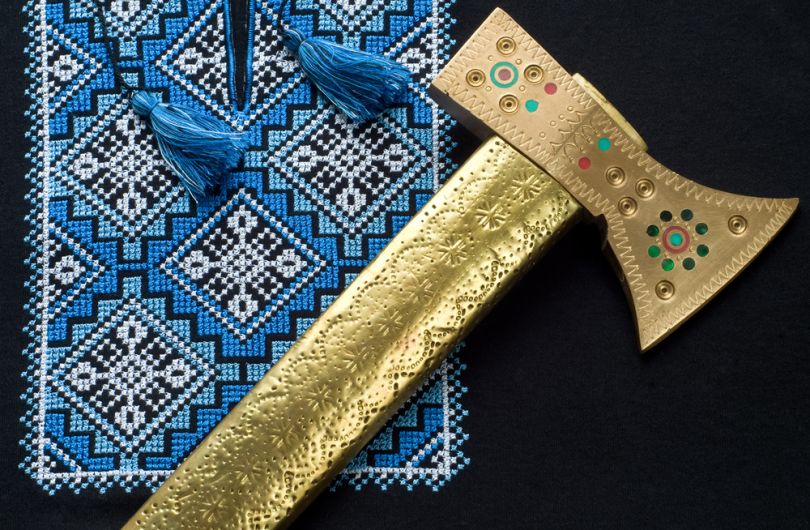
The favorite weapon of Hutsul men was so-called “bartka” – a small hatchet with a long handle. Each Hutsul had such hatchet. The hatchets were used not only for fighting or splitting logs – they could also serve as canes while going up the mountains. The handles of Hutsul hatchets were decorated with sophisticated woodcarvings. Often the hatchets passed from generation to generation as an important family value.
Hutsul Vendetta
Hutsuls have lived in accordance with family-clan regime until the XX century, and this regime included blood feud. The famous Ukrainian writer Mykhailo Kotsubynsky described this bloody tradition of Hutsuls in his book “Shadows of Forgotten Ancestors”. There are documented facts about vendetta inside Hutsul community, and some of the cases were recorded in the Carpathians even in the middle of the XX century.
Molfars – Hutsul Magicians
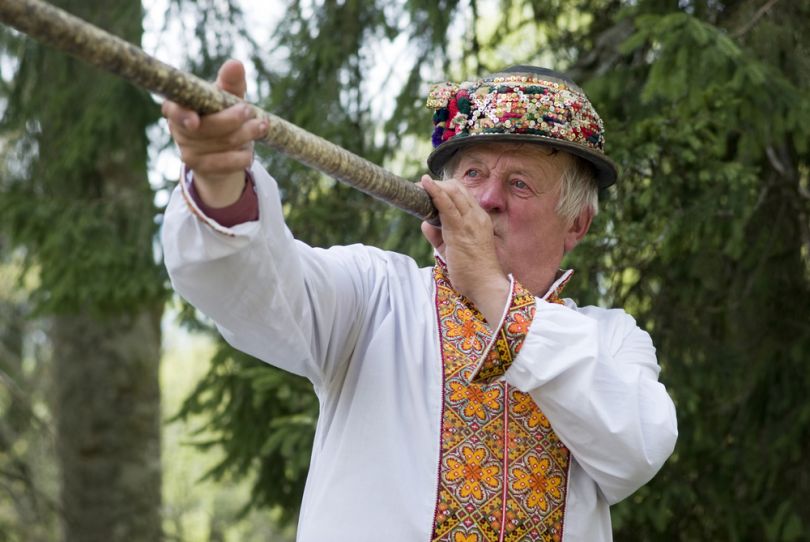
Molfar is a traditional Hutsul name for a person that has supernatural powers. The origin of the world “Molfar” is unknown. There are some theories that this word came from Romanic languages – for example, in Italian “malfare” means “do evil”. In Hutsul community, molfars had a role of folk magicians, future tellers and healers. Hutsuls divided molfars into “good” and “evil” ones. The “good” molfars could control the powers of nature and heal people with herbs, while the “evil” ones could even kill a person using magic spells. In 2015, the Museum of Hutsul Magic was opened in Verhkovyna city. Here tourists can see original things that were used by Hutsul molfars.
Hutsul Clothes
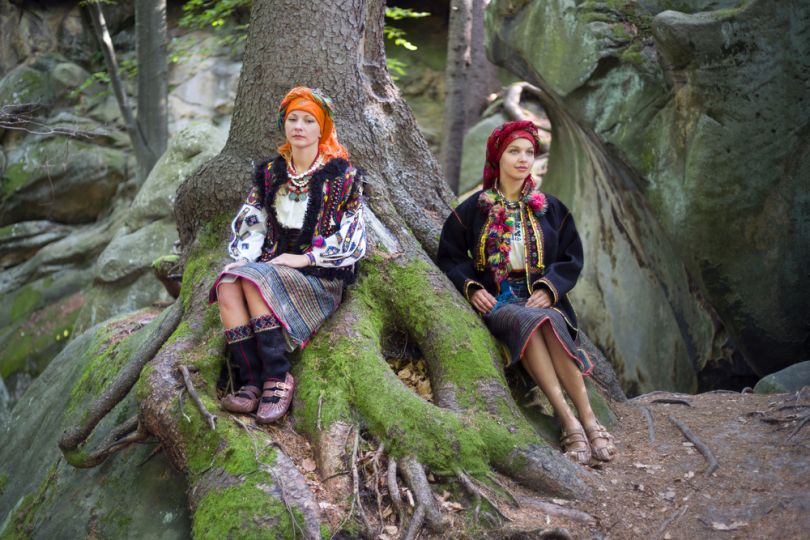
The bright colors of the Carpathian nature are reflected in embroidered shirts, hats, shawls and jewelry of Hutsul people. Hutsul young girls often weaved wool ribbons in their hair, while married women wore kerchiefs with beautiful patterns on heads.
Hutsul men wore embroidered trousers and shirts with high collars and wide sleeves. As for headwear, they preferred original hats decorated with feathers – so-called “krysania”. Sometimes these hats were decorated not only with feathers, but also with colorful laces and artificial flowers. In winters, Hutsul men wore “horned” hats made of black sheepskin. To make clothing, Hutsuls used only natural materials – leather, wool and fur.
Hutsuls attach great importance to ritual and symbolic meaning of clothes. They believed that belts and jewelry had magical powers that could protect owners from the evil forces. The colors of Hutsul clothes had special meaning. Colorful embroidery meant light and joy, red color symbolized maturity and protected from magic spells, black color indicated grief and so on. Archaic motifs of embroidery patterns tell us a lot about the life views of Hutsuls. The meander symbolizes fruitfulness, rhombus indicates Mother Earth, the wave is the sign of life-giving water, cross and stars show the Sun and faith respectively. The floral motifs describe the harmonic life of Hutsuls in the beautiful Carpathian nature.
The authentic Hutsul culture has its own soul and spirit. These people, living in the Carpathian mountains, hide many secrets that are exciting to discover.
